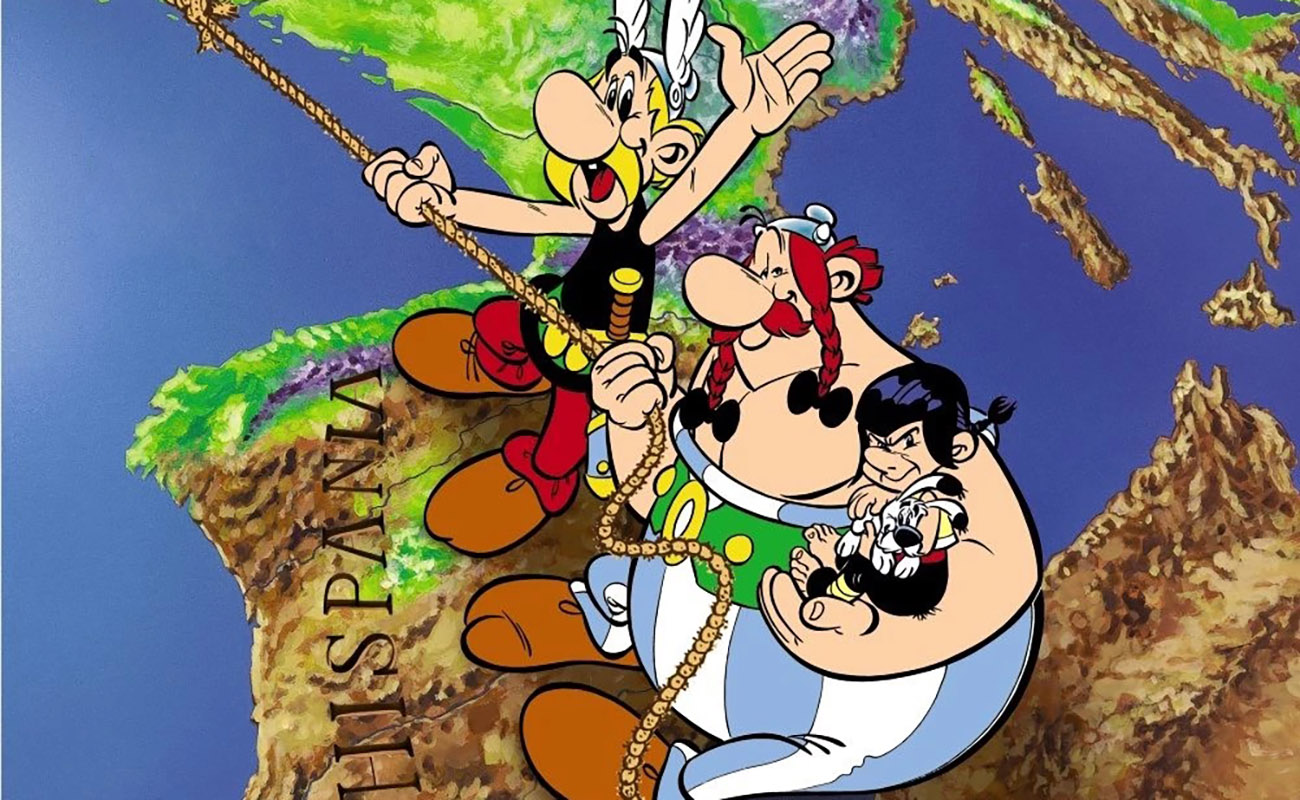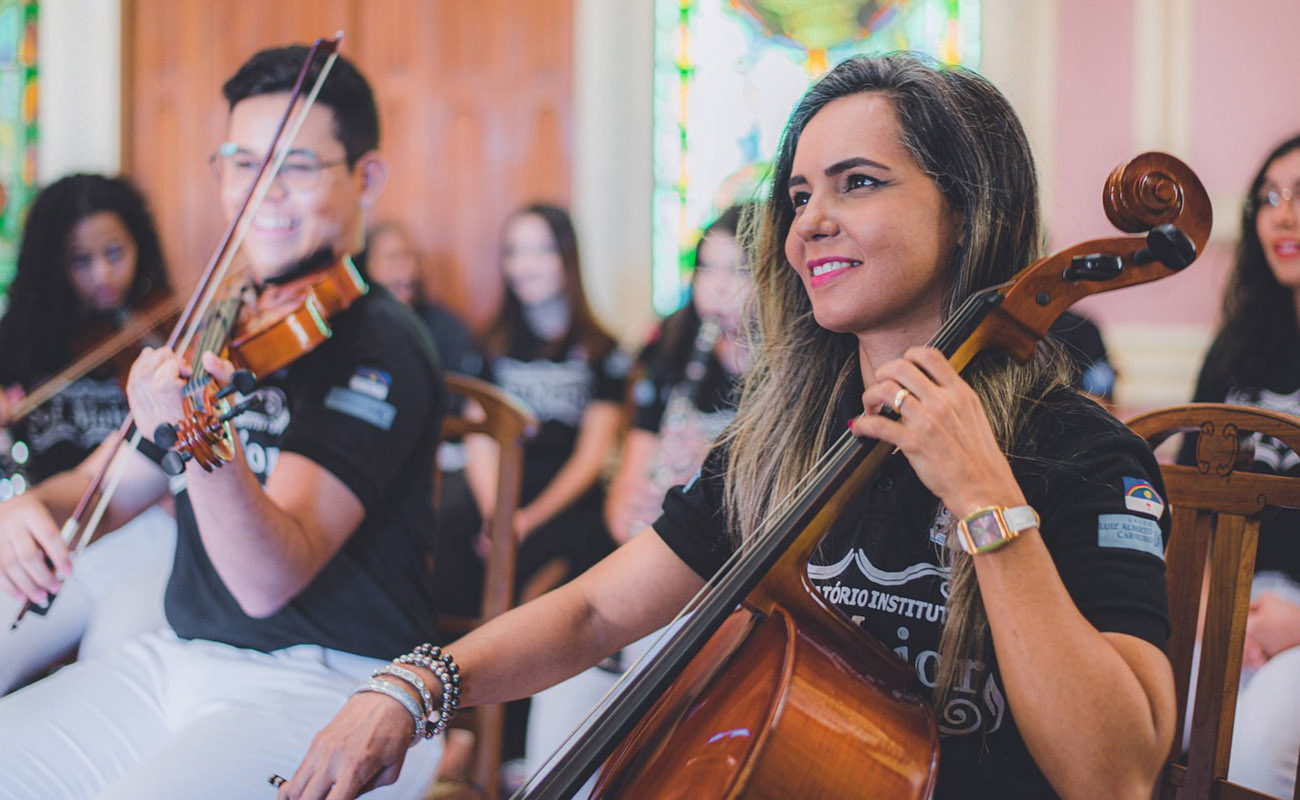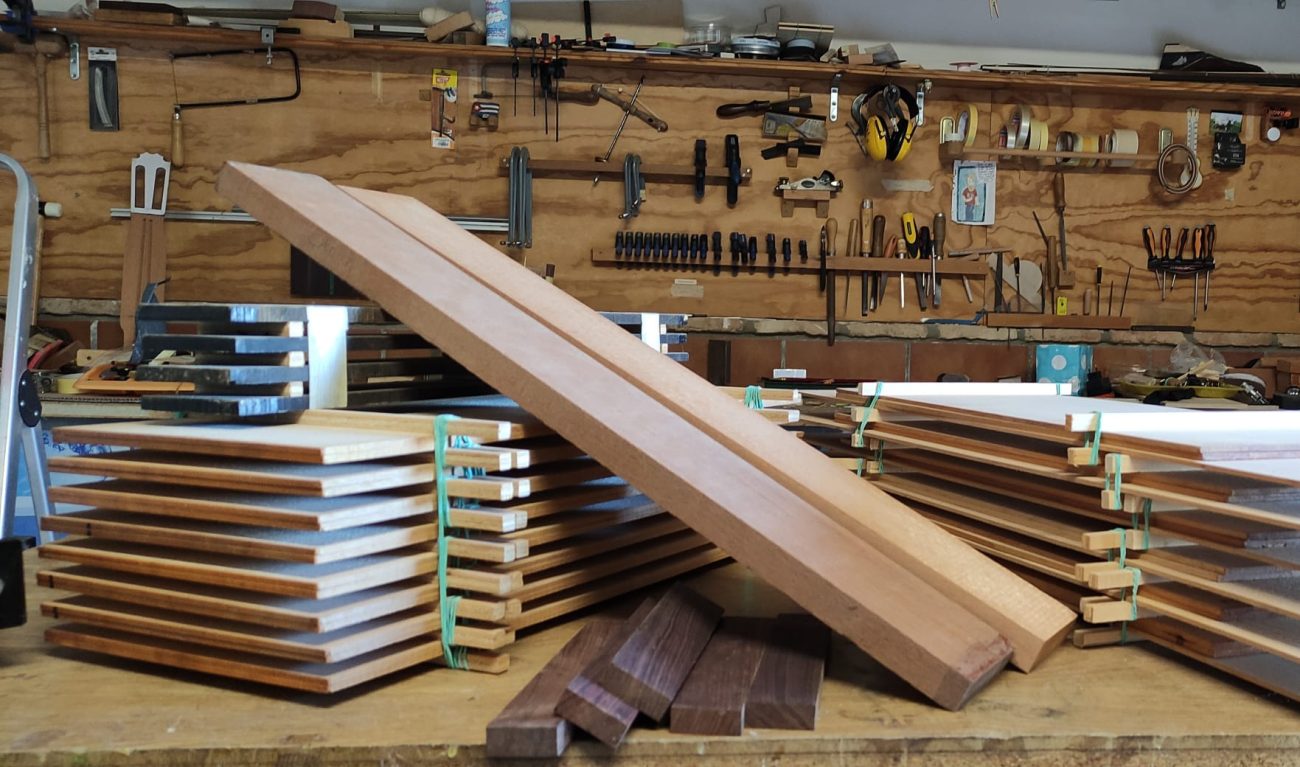Modernity and Postmodernism in flamenco
I had previously written an article titled “Traditionalism, Innovation and Chaos”
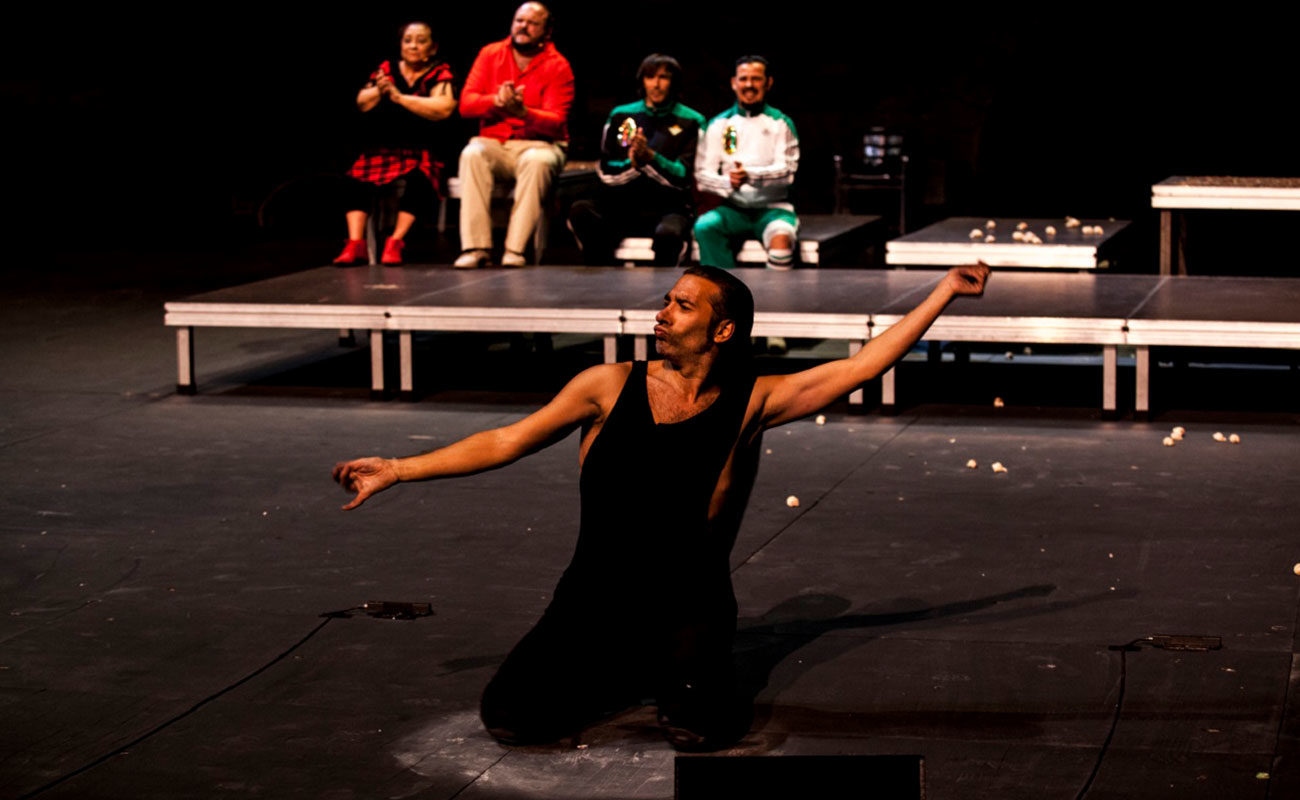
I had previously written an article titled “Traditionalism, Innovation and Chaos”, where I attempted to shed some light on the debate which is overwhelming flamenco in these days of confusion, perhaps created by a new generation of aficionados whose criteria differs considerably from the one hitherto established. The situation where flamenco finds itself nowadays, and thus the vision about flamenco prevailing in the last few years, is between the preservation of tradition, which implies a deep respect for the memory of its past, and innovation which implies adapting to new tastes and new times. In that article, I spoke about the chaos existing in this art due to the clash between traditionalism and innovation. Today I’d like to take one more step, in another attempt to clear up ideas and look into the modernity which flamenco tries to navigate. Sometimes one tree blocks the view of the whole forest, and those of us who have known flamenco in its essence, in its roots, sometimes have a hard time understanding younger people who have experienced art in a different way, with ideas which are sometimes aggressive, or at least different. Those of us who have experienced innovative proposals such as those by Lebrijano, Camarón and Morente, to mention three examples, should not fall back into paralysis, but we can be critical of the new trends which are overwhelming flamenco and which in many cases are emptying it of its content.
The fact is that there has been a certain failure in the attempt to renew flamenco’s traditional forms, because most of the new productions suffer from a lack of order, unity and coherence. It even happens that sometimes the content of the message is the least important factor, giving way to the forms or the medium used to communicate it and its impact on the public. There is an attempt to glorify the body and personal liberation on one hand and exalt technology on the other. A clear example is “La Fiesta”, a show which Israel Galván is taking to theaters, where the fusion of space and time, something sacred in flamenco, provokes a grotesque perception. They think they’re creating a new esthetic, but in reality, this chaotic scramble is nothing more than a collage or a hodgepodge which doesn’t even sway part of the public who, feeling cheated, leaves the theater. Perhaps there is the belief that, considering the amount of perplexities in our days and how ephemeral everything is, those alternative artistic movements would be able to transform flamenco, in a sort of neo-expressionism where the main axis is the rebellion which deconstructs what we have. After all, there is nothing we can do, times change so we’ll have to wait and see if more solid proposals take shape.
The fact is that we find ourselves in a difficult crossroads, because flamenco is not just music, but also culture, a ritual, a lifestyle that has been transforming and changing with the times, according to different political and social factors and new musical trends, so it definitely is a reflection of our days. If we look around we’ll notice without any difficulty the political, social, cultural and moral crisis which affects our societies, something which prompts academics such as Gerhard Steingress to research flamenco from a new evolutive perspective regarding its composition and its sociological influence according to the postmodernity prevailing in our days. Thus, there is a new way to perceive the esthetics, a new interpretation of values, where the most important things are individuality and non-commitment to the established esthetic.
That’s why I’d like to ask some flamenco pseudointellectuals to call things by their actual names, to avoid further confusion, and make clear what’s the basis for their proposals. As an example, I’d ask Israel Galván to call his show “La Fiesta” something like “performed music” or perhaps “conceptual dance”, which would allow him a great variety of possibilities to create a musical performance, from technological sound alterations to defecation and all sort of other antics, but don’t call it “flamenco”, although I’m afraid that without this particular word revenues would be substantially reduced.
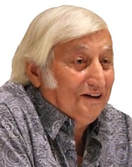
José Ignacio Primo


